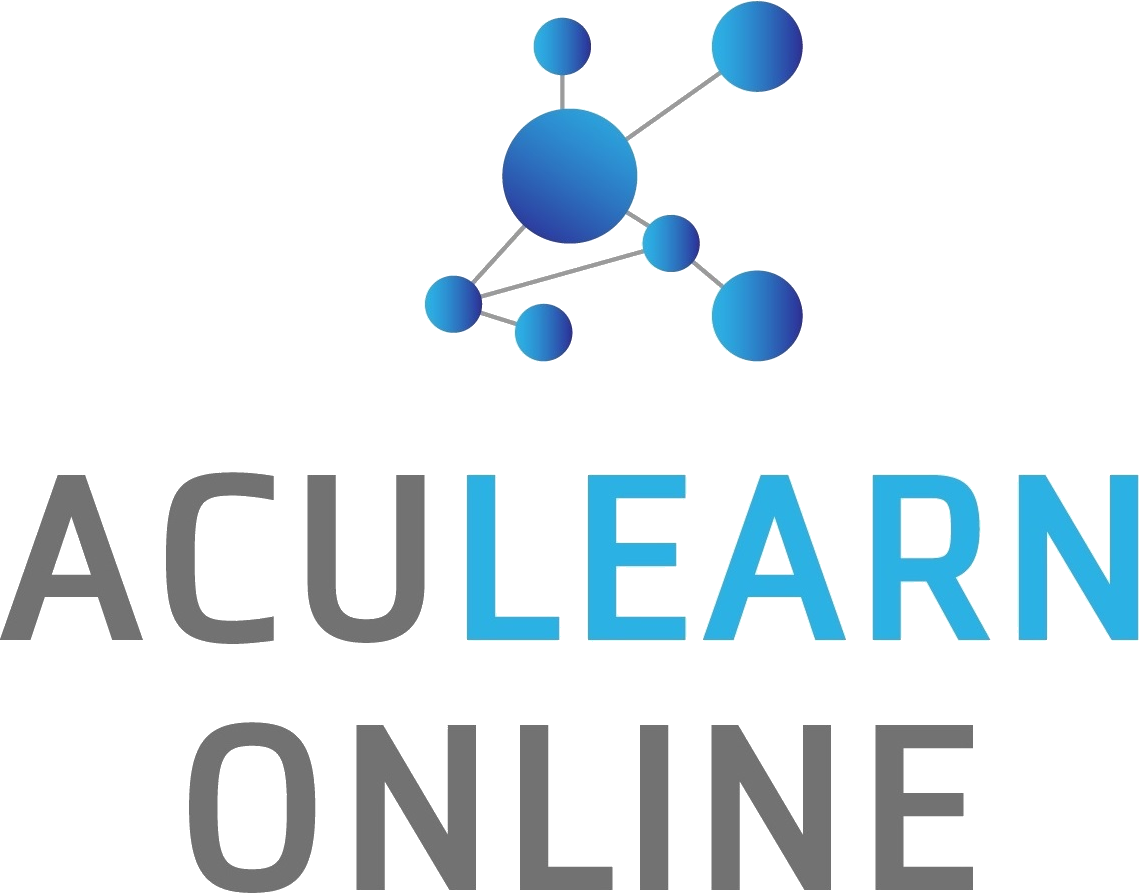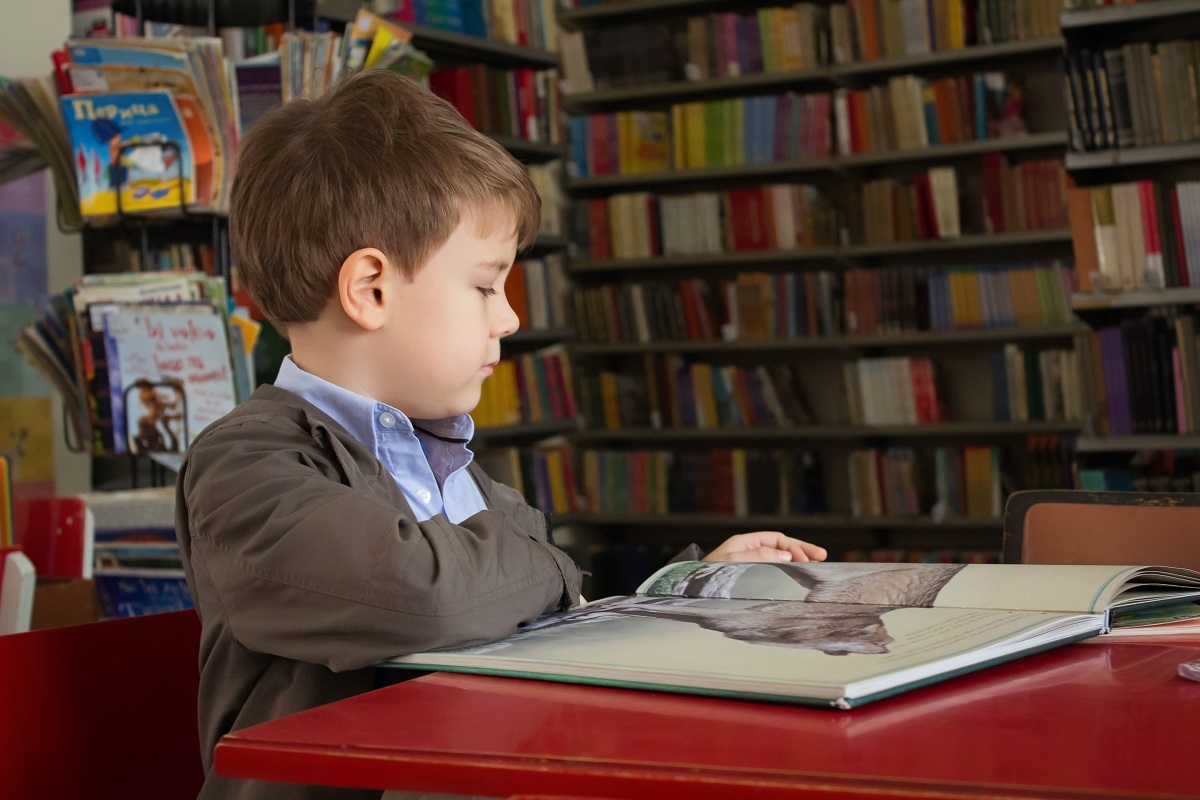If you have a child enrolled in primary school, chances are you will have heard of the Gifted Education Program – a fabled opportunity for your child to advance to greater heights. Perhaps you are the proud parent of a student who has already been selected for this program, or maybe you are simply looking to find out more about this program. Before diving in headfirst and making a decision, here is everything you should know about the Gifted Education Program.
What are the Screening and Selection Tests?
The first test in August is a screening exercise meant to extract potential candidates for the GEP. In this screening test, students will take two papers to assess their intellectual aptitude, one in English and the other in Mathematics. Those who do well on this screening test will then move on to the selection test that takes place in October. The selection test includes the third paper alongside English and Mathematics – General Ability. The top percentage of students in this selection test will then be officially invited to enroll in the GEP in the next academic year.
How did the GEP Come About?
First introduced in 1984, the GEP was conceived as an enrichment program catering to a widening mix of learning aptitudes. It was originally meant for both primary and secondary school students, with screening tests being conducted in Primary 3 and Primary 6. However, the GEP in secondary schools saw a decline in enrolment when the Integrated Program (IP) was introduced in 2004. As such, the GEP was discontinued for secondary schools and is only available for Primary 4 to 6 students today.
To prepare for the rigorous curriculum, a selected few primary and secondary school teachers were tasked to undergo special training to teach GEP-qualified students. The first batch of 40,000 Primary 3 students sat for their screening tests in September 1983, of which only the top 100 were chosen to be the pioneers of the primary school GEP beginning in January 1984. The two schools selected to pilot this program were Rosyth School and Raffles Girls’ Primary School.
For the secondary school program, candidates were chosen based on their PSLE grades – they had to have scored a minimum of three A-stars to be invited to sit for the screening tests. Again, just the top 100 students in the screening tests were offered a place in the GEP for secondary school, commencing their classes in January 1984 at Raffles Institution and Raffles Girls’ Secondary School.
Should I Train My Child For GEP?
It is important to consider that the GEP is not for everyone. Since the screening and selection tests are meant to assess a child’s natural ability, the Ministry of Education has recommended against enrolling your child in a preparation course to pass the GEP placement tests. Some students may need a small boost to unlock their intellectual gifts, but it is advisable to keep in mind that the GEP regimen is mentally taxing and can be stressful to students who qualified for GEP with training instead of natural potential. While GEP can be a prestigious status, it is still a small part of a child’s journey. Rest assured that every child has a different path to success and will flourish in their own time.




